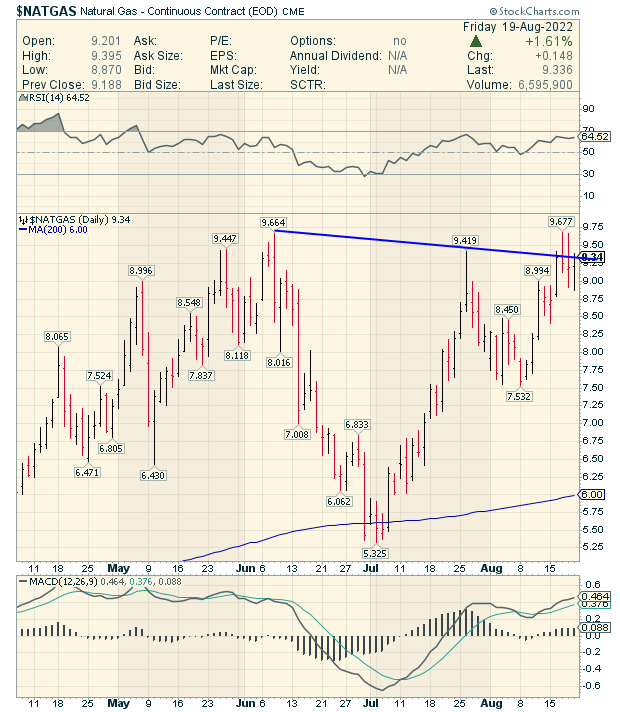- Prior 51.2
- Manufacturing PMI 49.7 vs 49.0 expected
- Prior 49.8
- Composite PMI 49.2 vs 49.0 expected
- Prior 49.9
The manufacturing print beat estimates but still dropped to a 26-month low, while the services print continues to highlight a further decline in demand conditions – falling to a 17-month low. Meanwhile, the composite reading was slightly better than expected but still reflected a decline to a 18-month low. That signals a deeper contraction in the euro area economy in August than in July.
All in all, this points to a contraction in Q3 output and with services activity suffering already suffering ahead of the winter months, the outlook is rather bleak to say the least. S&P Global notes that:
“The latest PMI data for the eurozone point to an economy in contraction during the third quarter of the year. Cost of living pressures mean that the recovery in the service sector following the lifting of pandemic restrictions has ebbed away, while manufacturing remained mired in contraction in August, seeing another record accumulation of stocks of finished goods as firms were unable to shift products in a falling demand environment. This glut of inventories suggests little prospect of an improvement in manufacturing production any time soon.
“Declining output is now being seen across a range of sectors, from basic materials and autos firms through to tourism and real estate companies as economic weakness becomes more broad based in nature.
“The rebuilding of workforces following the pandemic is also losing steam, with firms increasingly reluctant to hire additional staff given falling new orders and relatively weak business sentiment.
“Businesses are at least continuing to see weaker rises in their costs, in turn increasing their selling prices at a softer pace. This should help to feed through to slower consumer price inflation later in the year, although it appears that any alleviation to the inflation situation is coming too late to provide any real support to demand. The remainder of 2022 is therefore looking to be one of struggle for firms across the eurozone.”




